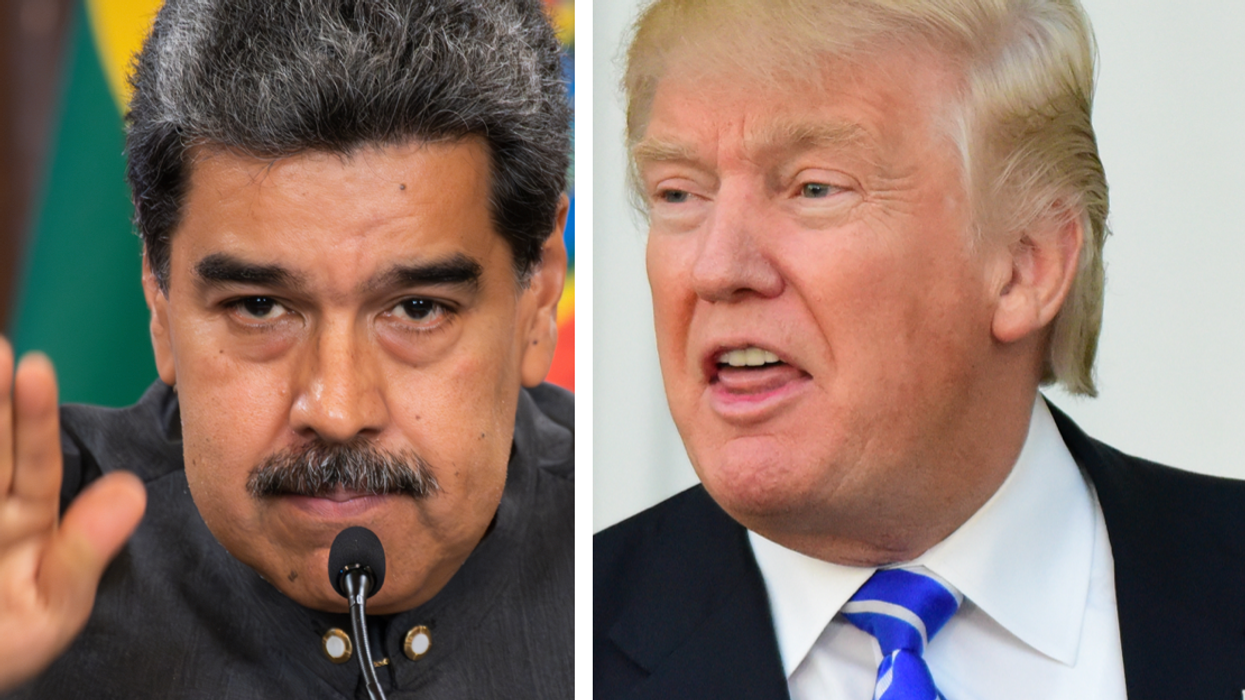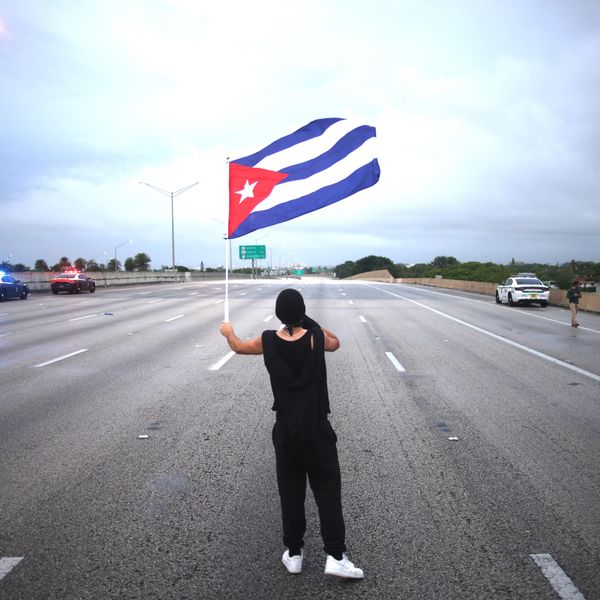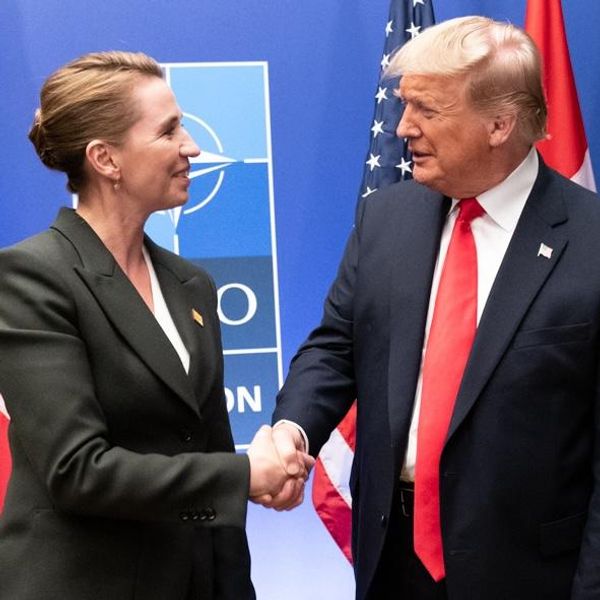As the Russian-backed Syrian regime and Turkey faced each other in Syria’s Idlib in recent weeks, the reactions of Arab regimes and their collective body, the League of Arab States, were limited to issuing public statements. This withdrawal from a consequential Arab matter is dictated by geopolitical factors and driven by conflicting objectives of key Arab countries, a situation that reinforces the image of the Arab League as an organization in disarray. However, key Arab countries are attempting to make a comeback in Syria, but their diplomatic success might end up being limited.
Background of Arab involvement in Syria
The Arab League tried early on to play a key role in peacefully defusing the Syrian crisis. In November 2011, the Syrian regime approved an Arab League plan that banned the Syrian army from deploying soldiers and tanks against peaceful protesters. After several violations of this agreement, however, the Arab League suspended the membership of the Syrian regime. Another mediation plan, which included deploying Arab League observers to monitor cease-fires between the regime and the opposition, was also halted in January 2012. This diplomatic failure came at a time when there was a quasi-Arab consensus that the civil war in Syria should remain an internal Arab issue and that the Syrian regime should be deterred from using violence.
This phase of Arab involvement coincided with the transformative period of the Arab Spring, when authoritarian leaders in Tunisia, Yemen, Egypt, and Libya were ousted from power. But Arab countries such as Saudi Arabia and Qatar that had shared common objectives entering the Syrian war parted ways in 2013 because they differed on whether to embrace or challenge the rise of Islamists in the Arab world. Decisive factors also contributed to weakening the Arab position in Syria, most notably the rise of the so-called Islamic State in 2014, which allowed for the intervention of foreign powers in the country. By 2017, as the northern and southern fronts of the Syrian war went quiet after the Astana process and the US-Russian ceasefire agreement, the Arab influence in Syria declined significantly, if not totally dissipated.
As the Syrian regime began to expand its territorial control over the country, Arab governments had to choose between two prevailing policies: a Russian position encouraging and endorsing engagement with Damascus and an American stance calling for boycotting the Syrian regime and imposing sanctions on it. Within these two prevailing positions on Syria, there are three motivations for involvement by Arab governments. The first is a common distrust toward Islamists in their own countries; this is shared by the United Arab Emirates (where al-Islah Society is active), Algeria (Islamic Salvation Front), Egypt (Muslim Brotherhood), and Palestine (Hamas). The second motivation comprises the geopolitical factors that dictate foreign policy, most notably the Iranian influence in Lebanon and Iraq. The third is the overarching objective of weakening Iranian influence in Syria and driving a wedge between Damascus and Tehran—a position principally advocated by Saudi Arabia and Bahrain.
In 2018, a Saudi Arabia-led and Russia-encouraged approach developed to reinstate the Syrian regime’s membership in the Arab League, as key Gulf countries were inching closer toward a rapprochement with Damascus. There were also high hopes in October 2018 that the reopening of the Nasib border crossing between Jordan and Syria would revitalize the regional economy and reconnect Syria to Gulf countries. Russia was urging the Arab states of the Gulf to help in the return of Syrian refugees to their homes and in Syria’s reconstruction process. Some Gulf leaders saw this as an opportunity to gain a seat at the table in any potential Syrian peace talks. However, the Trump Administration poured cold water on this initiative by pressuring Arab countries not to engage Damascus. At the same time, Washington was piling up sanctions on the Syrian regime as well as exerting pressure against the Russian and Iranian involvement in Syria.
This US pressure slowed down that potential Arab rapprochement with the Syrian regime two years ago, but it did not prevent some timid steps in that direction. In December 2018, the UAE reopened its embassy in Damascus and Bahrain said its embassy there was fully operational. However, in 2019, Riyadh halted any moves in the direction of recognizing the Syria regime, most notably as it was dealing with the repercussions of the killing of Saudi journalist Jamal Khashoggi. Moreover, Saudi State Minister for Arab Gulf Affairs Thamer al-Sabhan visited eastern Syria in June 2019 and met with tribal leaders and showed support for the Kurdish-led Syrian Democratic Forces. This was a direct swipe at Turkey, which considers Syrian Kurdish forces as terrorists and associates of the Kurdistan Workers’ Party (PKK).
However, the normalization of Arab countries with the Syrian regime has been tacit and continues to increase incrementally. There are direct flights between Syria and many Arab countries now; these include the UAE, Qatar, Saudi Arabia, Jordan, Iraq, Oman, and Egypt (although most are suspended at present given the coronavirus outbreak). More than half of the Arab countries have some sort of diplomatic representation in, or contact with, Damascus, but they are divided on their Syria policy and on whether the Arab League should focus on Iranian or Turkish activities there. Kuwait and Jordan kept a distance from the Gulf crisis that began in the summer of 2017 and have good working relations with Turkey because they share similar critical views of the Trump Administration’s policy toward the Palestinian-Israeli conflict. Lebanon and Iraq are trying to maneuver US-Iranian tensions but seek to reengage Damascus if Washington does not take punitive economic measures against them.
While the Nasib border crossing has opened since October 2018, it remains technically idle as Jordan––like several Arab countries––is struggling to strike a balance between American and Russian policy in Syria. North African countries are concerned about Arab and foreign intervention in Libya but do not want to challenge Saudi Arabia or become involved in the Gulf crisis, hence they timidly condemn Turkish intervention in Syria as part of the collective voice of the Arab League. Saudi Arabia and its allies are currently the most influential faction driving the Arab League.
The US-Russia competition
The United States and Russia renewed their competition to persuade Gulf countries to support their positions on Syria. Their rivalry was driven primarily by the last Turkish incursion into Syria and the Russian-Turkish confrontation in both Syria and Libya. The rapprochement on Syria between Russia and the three Arab allies (Saudi Arabia, UAE, and Egypt) began in October 2019 when US President Donald Trump gave a tacit green light to his Turkish counterpart, Recep Tayyip Erdoğan, to begin an incursion into northern Syria. Cairo immediately called for an emergency meeting of the Arab League Council, which condemned Ankara’s move as an “invasion of an Arab state’s land and an aggression on its sovereignty” and called on the UN Security Council to impose sanctions on Turkey. This trend continued as the Russian-Turkish spat evolved following the Syrian-Turkish military confrontation. A second Arab League meeting was held on Libya in December 2019 to warn against Turkey’s “facilitating the transfer of foreign extremist fighters from other regional conflict zones to Libya.” The Arab League has recently shifted to a general position of condemning Iranian and Turkish influence in Arab affairs with no mention of either the American or Russian roles.
Moscow’s diplomatic engagement in the Gulf regarding Syria was meant as a swipe at Ankara, which considers some Gulf countries as regional foes. On February 12, Russia’s director of foreign intelligence service, Sergei Naryshkin, visited Abu Dhabi to discuss with his Emirati counterparts “the prospects for cooperation in the fight against international terrorism” and noted similar approaches to conflict resolution between the two sides.
This cooperation was translated into a breakthrough and led to a direct diplomatic link for the Syrian regime with General Khalifa Haftar and his Libyan National Army (LNA). The Libyan embassy in Damascus, closed since 2012, was reopened on March 3, but not as a link to the Tripoli-based Government of National Accord. Saudi news media reported that Haftar secretly visited Damascus, which led to the deal between the two sides. This breakthrough brings the Syrian regime closer to the Arab coalition with Russia, even though Saudi Arabia remains hesitant to publicly engage Damascus through a direct contact. Riyadh, however, is making gestures that reflect a movement in this direction. Syrian regime news media reported in January that the Syrian representative to the United Nations, Bashar Jaafari, recently attended a special ceremony in New York held to honor Saudi State Minister Fahd bin Abdullah al-Mubarak. There, Jaafari was told by a Saudi diplomat that tension between the two countries is nothing but “a summer cloud that will inevitably pass.”
There are other indications of Arab movement toward engaging the Syrian regime. In February, Algerian President Abdelmadjid Tebboune told RT Arabic that the Syrian regime should return to the Arab League. On March 2, Lebanese Minister of Social Affairs Ramzi al-Musharafieh visited Damascus to discuss the return of Syrian refugees to Syria, which is a Lebanese priority. Jordan’s Minister of Industry, Trade, and Supply Tariq Hammouri visited Damascus on March 5 for the first time since opening the Nasib border crossing. With the struggling Jordanian economy, Amman hopes to increase its exports to Syria, which fell from $255.5 million in 2011 to $13.9 million in 2016.
In a parallel track to lobbying for an Arab League condemnation of Turkey, Saudi Arabia moved to have more control over the Syrian opposition at the expense of Turkish influence. Riyadh called for a meeting to elect new representatives of the Syrian Negotiations Commission; the Saudi-backed Hadi al-Bahra (who replaced Ahmad al-Jarba) was chosen to lead the opposition’s Constitutional Committee in the peace talks with the Syrian regime. This meeting in Riyadh was attended by the Russia and Egypt platforms in the Syrian opposition, which reflected the emerging opposition coalition in Syria as well as Russia’s exacerbation over Ankara’s reluctance to pressure the Syrian opposition to offer concessions. The Turkish-backed factions of the Syrian opposition have condemned the Riyadh meeting, noting that it has no legal basis nor was it convened in consultation with all parties of the Syrian opposition. The Russian-sponsored Syrian peace talks are expected by the end of March—unless they are delayed given the coronavirus pandemic.
This alignment of interests between Moscow and some influential Gulf leaders is expectedly being balanced by Washington. Last December, President Trump signed into law the Caesar Syrian Civilian Protection Act, which authorizes additional sanctions and financial restrictions on institutions and individuals doing business with the Syrian regime. The governor of Damascus’s countryside, Alaa Ibrahim, met with Emirati embassy officials to discuss “investment and cooperation,” which shows how some Arab countries can potentially help Russia to offset US sanctions on Syria. The Trump Administration is engaging Riyadh regularly on the Syrian issue to make sure it does not drift toward Russia, but it might be increasingly difficult for Washington to balance the contradictory interests of Ankara and Riyadh. The Trump Administration simultaneously wants to drive both Turkey and Saudi Arabia away from Russia while achieving its objectives in Syria, which might be an uphill task in the future.
Will Arab countries play a role in Syria?
The spat between Moscow and Ankara could potentially reshuffle cards in Syria and offer an opportunity for some Gulf countries to play a role once again in the country, albeit a limited one under Russian preconditions. Having Saudi Arabia on the record endorsing the Russian approach would give other Arab countries the cover to follow suit in engaging the Syrian regime by reinstating its membership in the Arab League. The Russian-Saudi oil price war and the implications of the coronavirus pandemic could complicate this emerging dynamic in Syria, especially at a time when the United States is focused on presidential elections in November.
However, these dynamics do not negate the lack of a coherent Arab approach to Syria, which remains the major barrier to an effective Arab role there. Most Arab governments are focused on their internal domestic challenges; still, the decision to restore the Syrian regime’s membership in the Arab League seems inevitable—pending the Saudi decision to go in this direction. Arab regimes are constrained by several factors that prevent them from having a coordinated approach to Syria; these include the inter-Arab rivalry, US-Russian competition, and lack of Arab consensus on strategic challenges. Some Arab regimes are expecting Russia to rein in Iran and Turkey on their behalf while others prefer that Moscow preserve its alliance with only one of these regional powers.
Given the US-Russian competition, the policy options facing Arab governments range between some sort of limited engagement with Damascus and the reinstatement of the Syrian regime’s seat at the Arab League. Moreover, to strengthen its leverage, Russia might be playing both Turkey and Saudi Arabia against each other; thus, at the end of the day, it will leave Arab countries once again with little to gain or concede in Syria.
This article has been republished with permission from the Arab Center Washington DC.
















